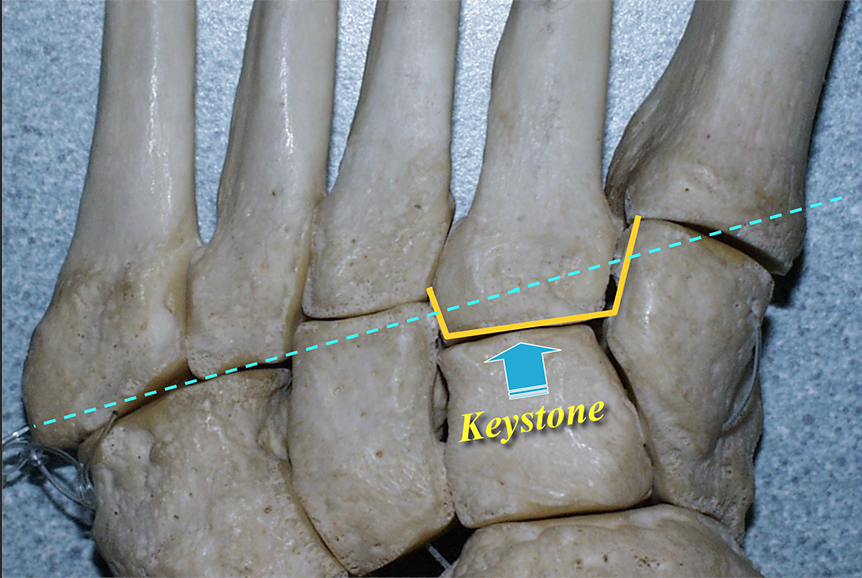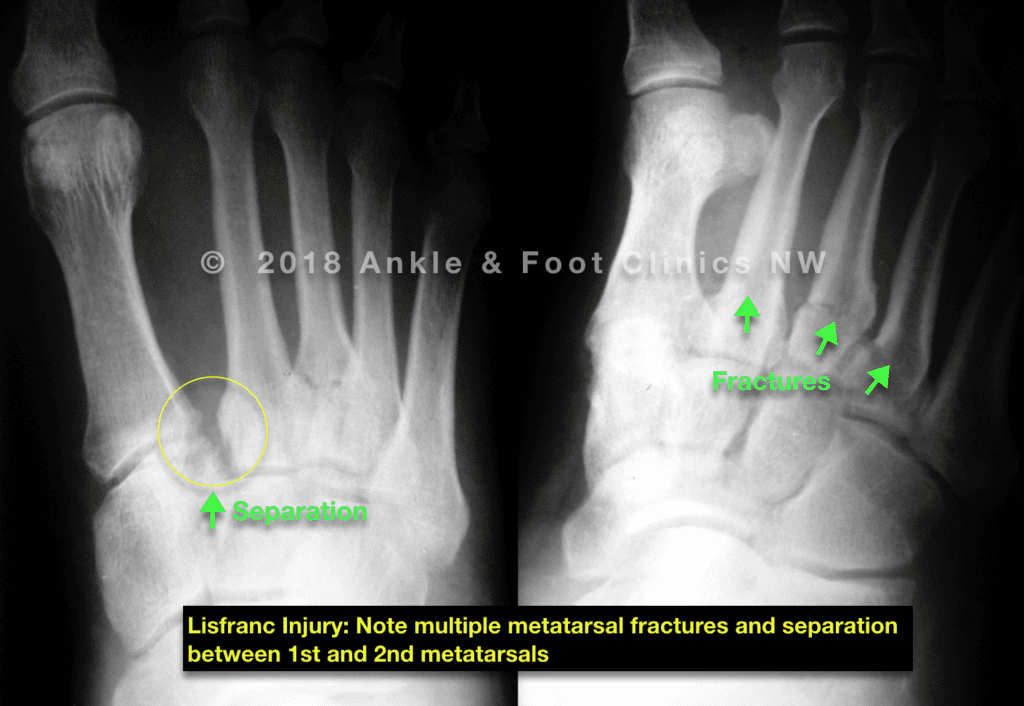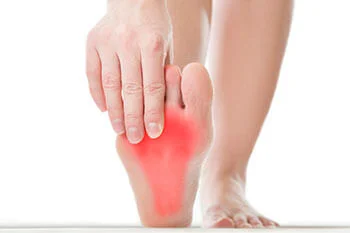Table of Contents
Introduction
Lisfranc Joints
These are key joints that support the arch. The joints are however prone to injury because there are very strong ligaments on the bottom of the joints and very weak ligaments on the tops of the joints. Injuries that catch the toes and bends the foot backward can disrupt Lisfranc joints.

What is a Lisfranc Injury?
The Lisfranc joint is a joint complex at the middle of the foot where the long bones called metatarsals meet the rest of the bones in the midfoot. Injury to this joint complex involves the ligaments and can range from a sprain to a complete joint dislocation. Fractures may also occur at the same time.
These commonly occur during sports or a motor vehicle accident but can also occur from something as seemingly minor as a misstep off of a curb or stair.

Symptoms
- Swelling
- Bruising
- Midfoot pain
- Unable to bear weight
- Widening of the midfoot or change in foot shape
Diagnosis
You should be evaluated by an emergency room or urgent care physician. It is important that compartment syndrome, a serious complication caused by internal pressure build up, is ruled out. Once it is determined that compartment syndrome is not present and there has been no damage to any nerves or blood vessels, it is important that a splint be applied as soon as possible to control swelling. Any lacerations in the skin from the fracture increase the risk of infection and also needs to be treated promptly.
X-rays will be taken initially and sometimes a stress exam is performed if the injury is subtle. Because of the overlap of these joints, small fractures are difficult to identify and a CT scan is often ordered.
Nonsurgical Treatment
The majority of Lisfranc injuries do require surgery. Several factors are taken into consideration when determining whether the best course of action is surgery or conservative care. Conservative treatment would consist of casting for approximately 12 weeks. In many cases if these joints are not surgically stabilized, they will heal in an abnormal position (malunion) that creates a severe deformity.
Surgical Treatment
What to Do Next?
If you or someone you know is experiencing pain or discomfort in the foot or ankle region, seek out the help of a podiatrist for a proper diagnosis and treatment regime.
Contact us today to schedule an appointment.


